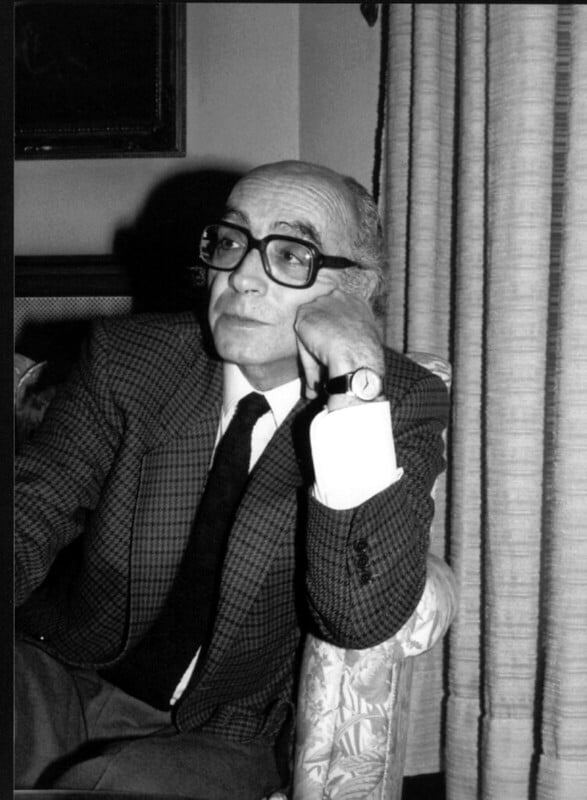José Saramago was to Portugal what Gabriel Garcia Marquez was to Colombia – the icon of magic realism. Although he is now one of the most famous Portuguese writers to leave their mark on the history of Portuguese literature, Saramago spent most of his life not writing. It wasn’t until his late 50s that he decided he finally had something valuable to say.
Read on if you want to learn more about José Saramago, who was awarded the 1998 Nobel Prize in Literature for his “parables sustained by imagination, compassion and irony [with which he] continually enables us once again to apprehend an elusory reality.”
1. José Saramago Was Born into a Poor Family in Azinhaga
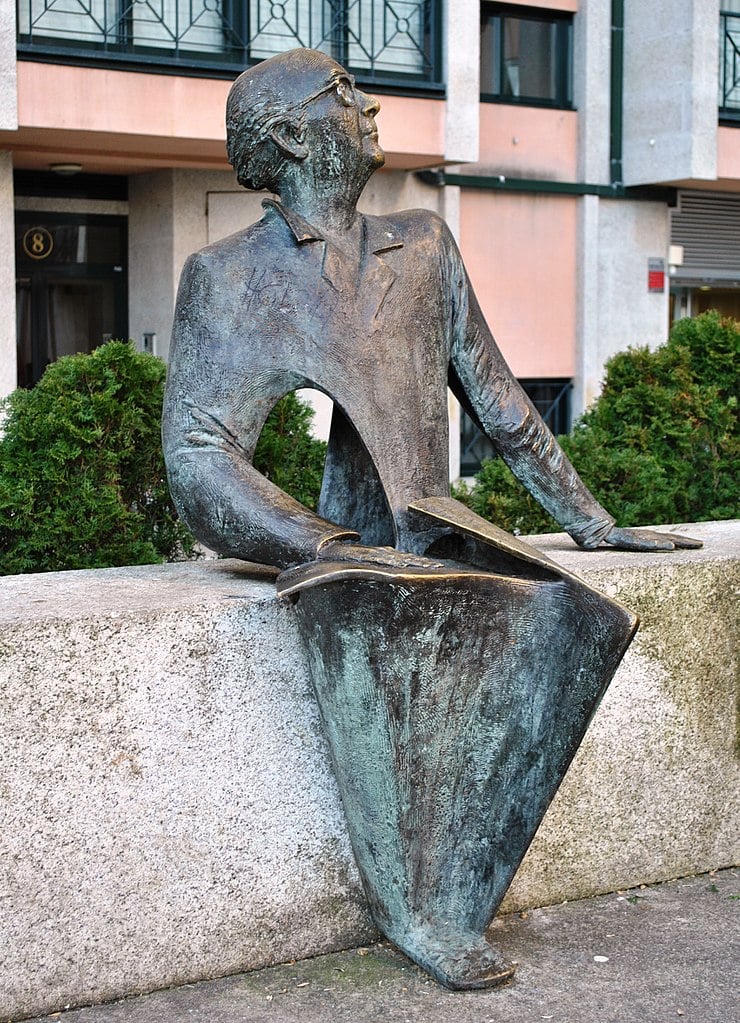
José de Sousa Saramago was born on November 16, 1922, in the small village of Azinhaga, Portugal. An interesting fact about Saramago’s name is that it wasn’t originally intended to be his surname. “Saramago” is the Portuguese word for wild radish and it was his father’s nickname. When registering José’s birth, the village clerk accidentally added this nickname to his official name.
His parents were José de Sousa and Maria da Piedade, and the family was very poor, which is why they decided to move to Lisbon two years after Saramago’s birth.
Once in Lisbon, Saramago’s father was hired as a policeman, and things started to improve financially. This change was likely motivated by his father’s experiences in World War I, where he had served as an artillery soldier in France and had been exposed to different environments.
However, shortly after their arrival, Saramago’s older brother, Francisco, passed away. The family was devastated, and even though they were in a better place financially, they never had a “real economical breakthrough,” as Saramago puts it. It wasn’t until Saramago turned 14 that they had their own small house – until then, they lived with other families.
Adolescence
Throughout his childhood and adolescence, Saramago spent many prolonged periods in Azinhaga with his maternal grandparents, Jerónimo Melrinho and Josefa Caixinha – these summers were probably filled with joy and innocence, as the future author was shielded, even for a bit, from the economic hardships.
These experiences also had a significant impact on his worldview and later writings. His future wife, Pilar del Rio, would later confirm that the time spent in the Portuguese countryside, “passively internalizing the voice of the people who lived there,” played an essential role in the formation of his unique writing style.
Although Saramago was a good student, his parents couldn’t afford to keep him in grammar school. At age 12, he was moved to a technical school. This early exposure to both rural and urban life, as well as the economic struggles of his family, undoubtedly shaped Saramago’s perspective and influenced his later works.
2. Jose Saramago Didn’t Start His Career as a Writer
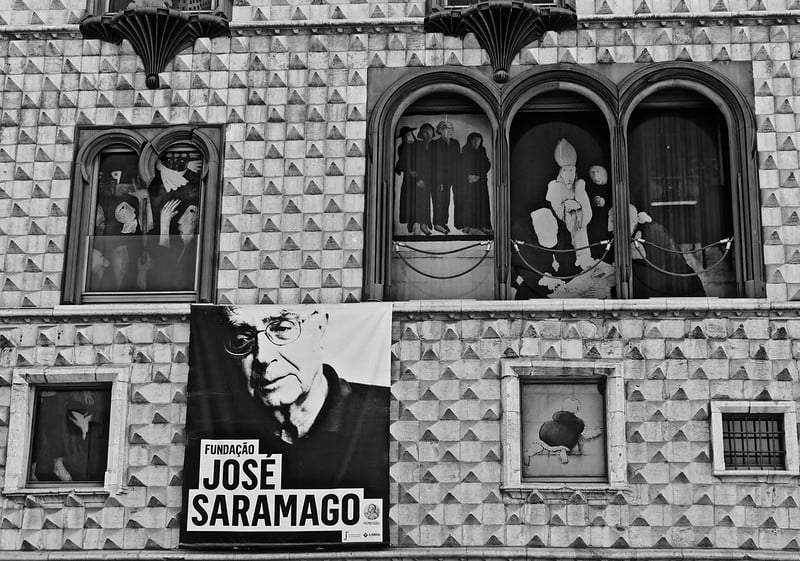
Jose Saramago grew up in a house with no books and likely had no access to books until he was a teenager.
Until the age of 12, Saramago studied at a high school, where he excelled at all subjects, receiving the highest grades and even being appointed treasurer of the academic association. However, this didn’t last too long because his family had no money to pay for his school, so he was transferred to a vocational school, where he studied for five years to become a mechanical locksmith.
It turns out this was the best decision Saramago’s parents could make. Why so? Because that vocational school had a subject that likely served as the foundation of his future literary success: Literature. Although he worshiped this subject, Saramago couldn’t change his fate; he had to work for two years as a mechanical locksmith after graduating. But he never forgot about the books – he spent most of his free time at a public library in Lisbon, where he devoured thousands of written pages, thus refining his literary taste.
A Variety of Jobs and the First Published Book
It wasn’t until much later in life that Saramago actually turned to literature. After working as a mechanical locksmith, he was hired as an administrative employee at a Social Security organization, as an editor and translator at a publishing company called Estúdios Cor (getting closer and closer!), and, lastly, as a journalist.
In the meantime, however, Saramago published his first book – The Widow, which ended up being titled Terra do Pecado. Although he continued writing, Saramago didn’t publish anything else until 1966. Nonetheless, he didn’t stir away from the literary universe altogether. He translated works written by Jean Cassou, Maupassant, Tolstoy, Henri Focillon, Baudelaire, and many others.
In the 1970s, Saramago’s career in journalism advanced significantly. He became a literary critic and, in 1971, took up editorial duties at Diário de Lisboa. His role as deputy director of Diário de Notícias in April 1975 marked a high point in his journalistic career. However, this position ended abruptly in November 1975 due to political events. It was then that Saramago turned to writing as a full-time occupation.
3. Saramago Didn’t Achieve Recognition Until He Was in His 60s
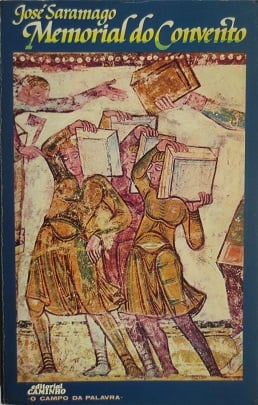
As mentioned above, José Saramago’s journey to literary recognition and worldwide fame occurred late in life. Why so? Probably because he wasn’t really interested in being a full-time writer or sharing anything with the world. In fact, he stated that “it was starting to become clear to me that I didn’t have to say anything worthwhile.” So, he never rushed. Only in 1976 did Saramago feel he could put his writing skills to the test once again.
This is why Jose Saramago achieved literary recognition only when he turned sixty, with the publication of his fourth novel, Memorial do Convento aka Baltasar and Blimunda.
Following Baltasar and Blimunda, Saramago’s literary career gained momentum:
- He won the Portuguese PEN Club Award for “Baltasar and Blimunda.”
- His subsequent novels – The Year of the Death of Ricardo Reis and The History of the Siege of Lisbon – were also a success. For The Year of the Death of Ricardo Reis, he received the British Independent Foreign Fiction Prize.
- In 1995, Saramago was awarded the Camões Prize, the most important prize awarded to literature written in the Portuguese language.
- His international reputation continued to grow, and in 1998, he was awarded the Nobel Prize in Literature, which solidified his status as a world-renowned author.
Later in life, Saramago confirmed that it wasn’t always easy to write:
When I have something to say, I have to create the conditions for writing it, and with the life I am leading, that’s not always easy. […] But even with all the traveling as a result of the prize in 1998, I do manage to write, although things might take me a little longer. I only write at home. I can’t write in hotels, or at a friend’s house – totally impossible! […] But when a work is outlined, when I have the idea, it becomes an obsession.
4. Jose Saramago’s Last Partner Translated His Books into Spanish
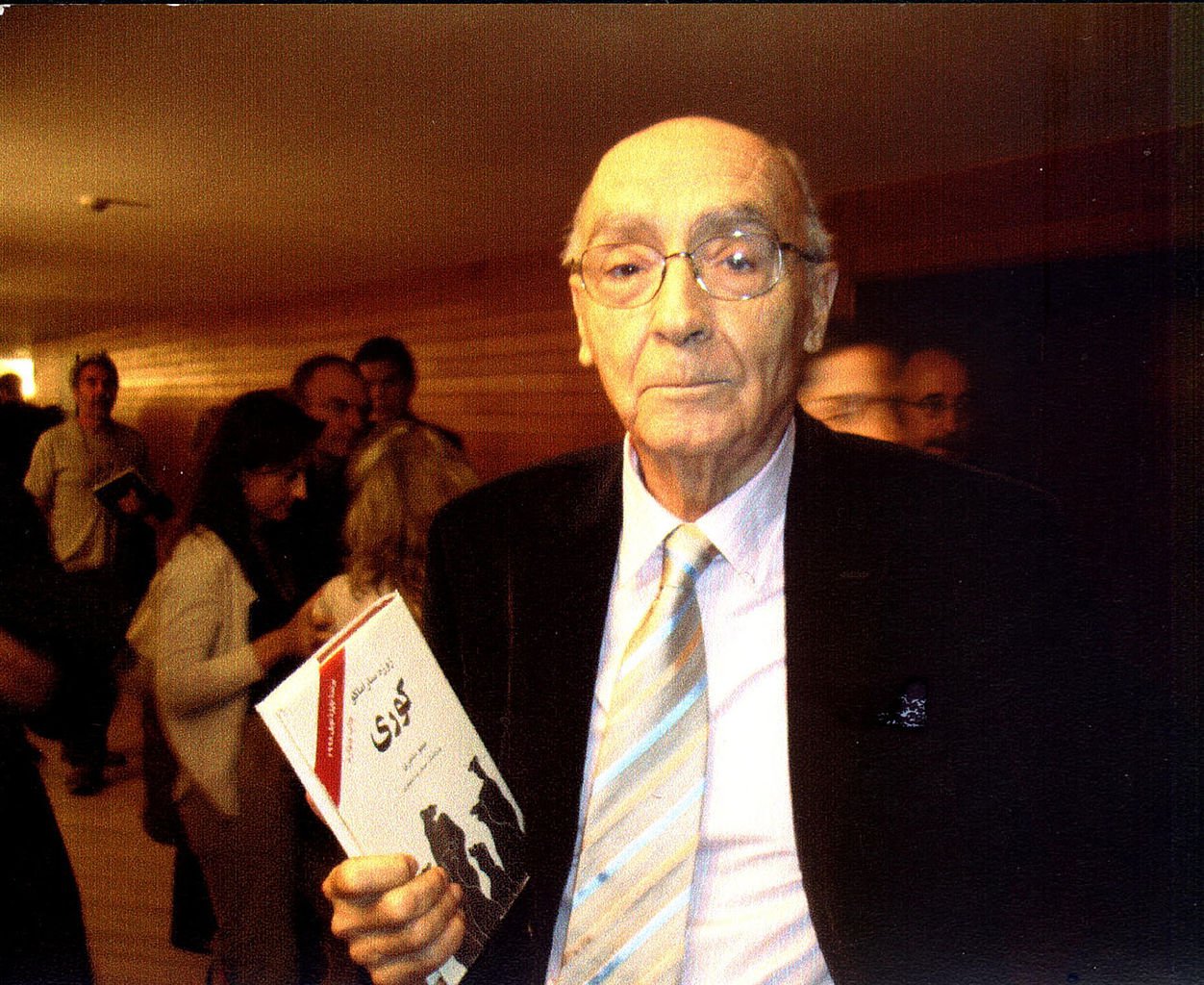
José Saramago had three romantic partners throughout his life. He married Ilda Reis in 1944 with whom he had a daughter, Violante. They divorced in 1970.
Two years before that, he had started dating Isabel da Nobrega, who became Saramago’s literary mentor – she was, after all, a writer, translator, and radio broadcaster. Their relationship lasted until 1986, when he met Pilar del Rio, a Spanish journalist, who would stay with Saramago for the rest of his life. They got married in 1988.
In 1993, Saramago and Pilar del Río settled in Lanzarote, in the Canary Islands, where they lived until Saramago’s death. This move was prompted by a controversy surrounding Saramago’s novel The Gospel According to Jesus Christ, which the Portuguese government had blocked from competing for a European literary prize.
Saramago’s relationship with Pilar del Rio was the most significant and enduring, possibly because it wasn’t only personal but also professional, as Pilar del Río played a crucial role in Saramago’s literary career.
Pilar del Río became the primary translator of Saramago’s works into Spanish, contributing significantly to his international recognition. Today, she is also the president of the José Saramago Foundation in Lisbon. In 2022, Pilar del Río published La Intuición de la Isla, a collection of “memories” from the time they spent together on the island of Lanzarote.
5. Saramago’s Writing Style Is Truly Unique
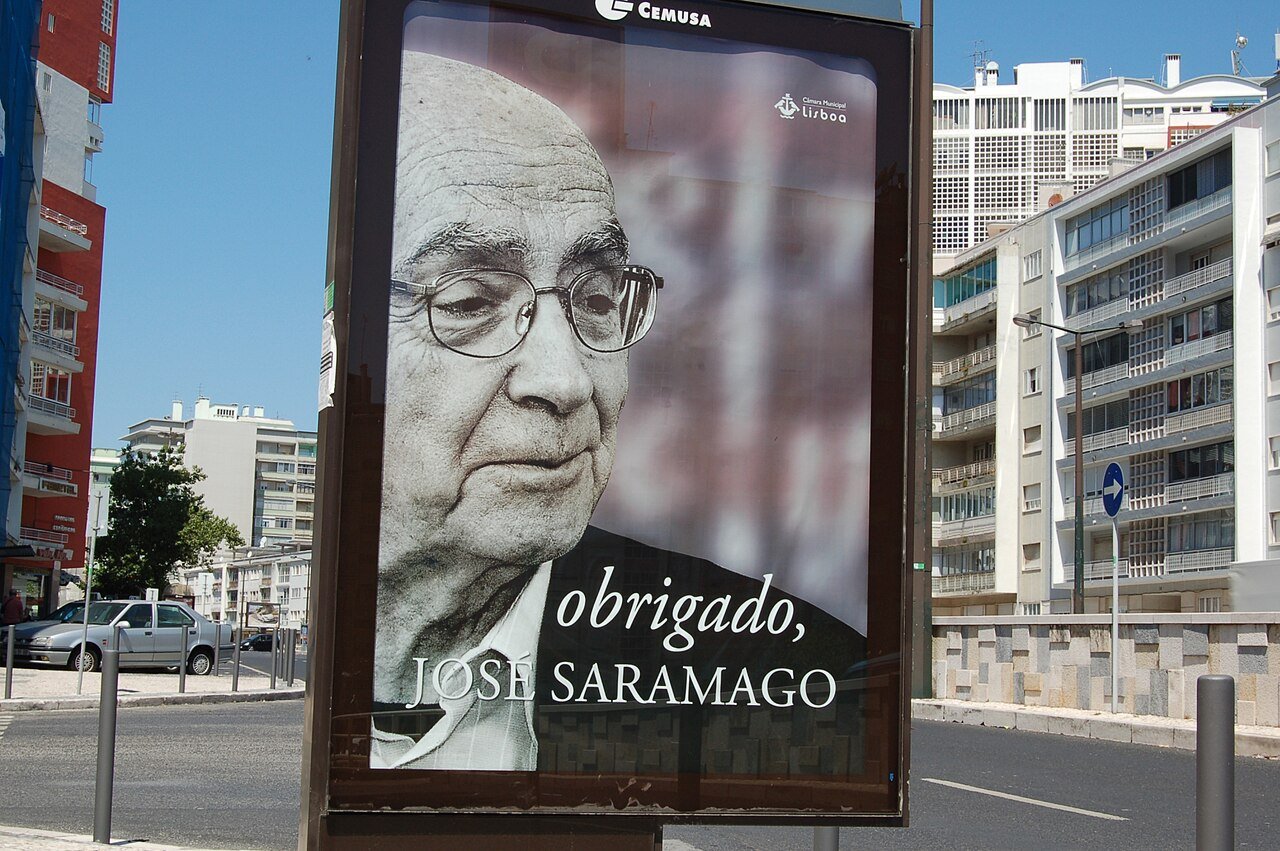
If you’ve read any books by Saramago, you already know what we’re talking about. If you haven’t, we’re here to prepare you for your first Saramago read – we promise, these details are definitely worth your time; otherwise, you risk throwing the book away after reading the first pages. Why? Because Saramago writes in long sentences with almost no full stops (relying only on commas), no quotation marks, and incredibly extensive paragraphs.
It takes a lot of patience to understand his writing and eventually like it, especially if you’re not reading his books in your native language (we do recommend starting with a book translated into your native language, this makes the introduction smoother; then, you can try reading Saramago in Portuguese or other languages).
Here are some other key aspects of his style that may help you understand the plot and feel more comfortable with Saramago’s style:
- Saramago capitalizes the first letter for different speakers.
- In some works, like Blindness, Saramago doesn’t use proper nouns; instead, he names characters using unique characteristics (e.g. The doctor’s wife, the dog of tears, the girl with the dark glasses, and others).
- Saramago often blends narration and dialogue.
- Many books signed by Saramago blur the line between reality and fiction, which is why his works are often labeled as magic realism.
It is believed that Saramago’s unique style and intricate plots have the purpose of challenging readers to engage more deeply with the text, of creating a sense of confusion and disorientation within the book (as in the case of Blindness or Death with Interruptions, for example), or maybe he just liked his pages clean, without the unnecessary full stops.
Saramago likely never intended his works to turn out the way they did – meaning that he never began a book with a detailed outline. “To predetermine a story too much is to oblige it to exist before it comes into existence.” He only did a final revision, editing errors, and repetitions – that’s it. As he stated, “A book takes root and grows with its own logic.”
6. Saramago Was a Communist, Atheist, and Pessimist
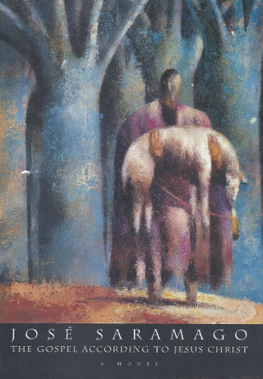
José Saramago was a lifelong member of the Portuguese Communist Party, having joined in 1969. His commitment to communist ideals influenced both his writing and public persona. He actually defined himself as a “libertarian communist” in his later years. Additionally, he ran as a candidate for the Democratic Unity Coalition in several European Parliament elections. His political engagement and critiques of capitalist systems prompted the audience to compare him with George Orwell, whom Saramago cited occasionally.
Saramago was also an outspoken atheist, which frequently sparked controversy. His novels, particularly The Gospel According to Jesus Christ and Cain, employed satire and biblical references to present religious figures, especially God, in a critical or comical light. This often put him at odds with the Catholic Church, which criticized him for the content of his works.
When the Vatican questioned his Nobel Prize win, Saramago wasn’t concerned: “The Vatican is easily scandalized, especially by people from outside. They should just focus on their prayers and leave people in peace. I respect those who believe, but I have no respect for the institution.”
Furthermore, Saramago often described himself as a “professional skeptic” and a pessimist. This trait was evident in both his public personal statements and literary works. Many of his novels portrayed dystopian scenarios or offered bleak views of human nature, as seen in Blindness and Death with Interruptions.
“You may disagree with such a pessimistic vision. […] But if there is a way for the world to be transformed for the better, it can only be done by pessimism; optimism will never change the world for the better.” – this is how Saramago explained his attitude, also pointing to his devotion to being a homo eticus, meaning a person with a solid moral structure who is concerned with the world and its future.
7. Saramago Listed His Deceased Brother As a Co-Author for All the Names
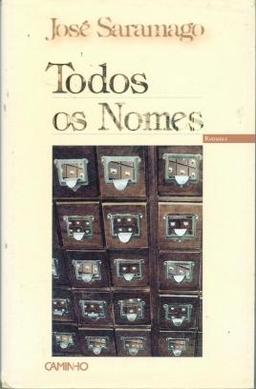
José Saramago named his deceased brother as the co-author of All the Names. As mentioned above, his brother died at the age of four of bronco-pneumonia, when José was only two years old. What prompted this decision of naming Francisco a co-author?
According to the author, he started working on All the Names with the purpose of writing an autobiography that would cover the first 14 years of his life. The thing is – he needed to learn more about his brother because he wasn’t sure when exactly he had died.
So he looked for his birth certificate, which had no date of death written on it – “what I received went against everything I had known: it showed that my brother was alive.” Determined to learn what really had happened, he requested the death certificate from the hospital where his brother had allegedly died. Another mystery: he was never admitted to that hospital. What next?
He went through eight cemeteries in Lisbon, looking for his brother’s tomb, and researched Lisbon’s City Hall archives. He eventually discovered that his brother had died on the 22nd of December 1924. According to official records, he was still alive, going well into his 80th year (at the time of Saramago’s research). Likely, Saramago never addressed this issue, leaving his brother alive and well somewhere in the universe.
This is what inspired Saramago to write All the Names, so he decided that his brother was undoubtedly a co-author.
Frequently Asked Questions
What Is Jose Saramago Famous For?
Jose Saramago is famous for his unique writing style, for which he received the Nobel Prize in Literature, as well as his social and political commentaries.
What Style Did Jose Saramago Write?
Jose Saramago is often regarded as one of the most prominent magic realism authors. He used an experimental writing style and usually mixed fantastical/magical elements in realistic settings.
What Should I Read from Saramago?
If you’ve never read anything written by Jose Saramago, you can start with The Year of the Death of Ricardo Reis, Baltasar and Blimunda, or Death with Interruptions.
When Was Blindness by Jose Saramago Written?
It is unknown when exactly Jose Saramago worked on Blindness, but the book was published in 1995.
When Was Cain by Jose Saramago Published?
Cain was the last book Jose Saramago wrote, and it was published in 2009.

